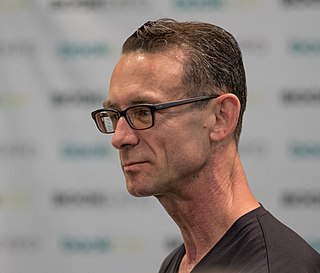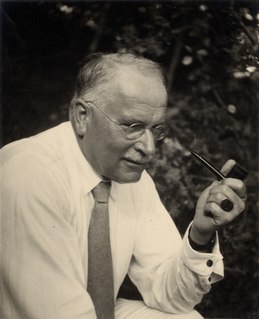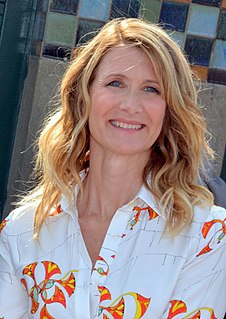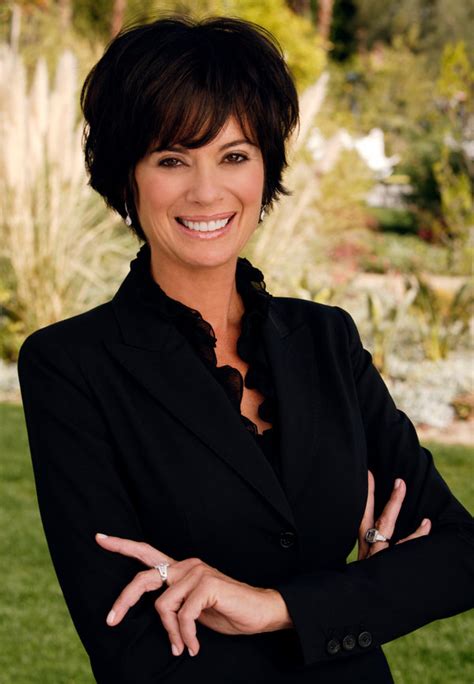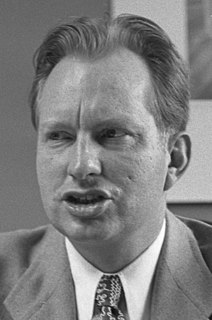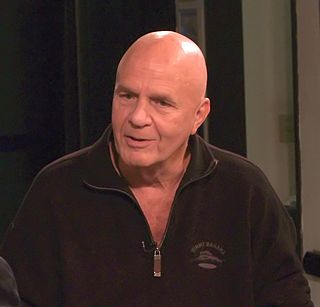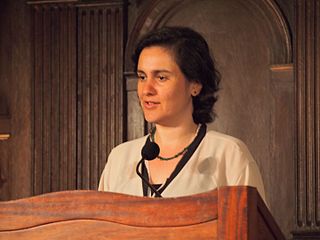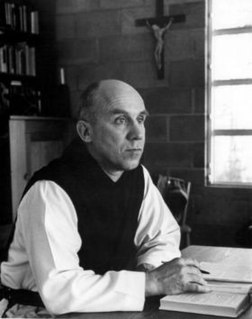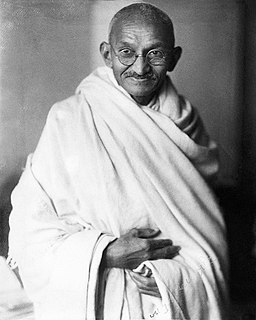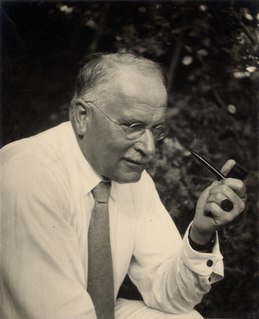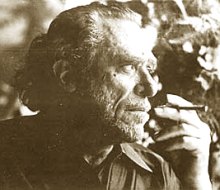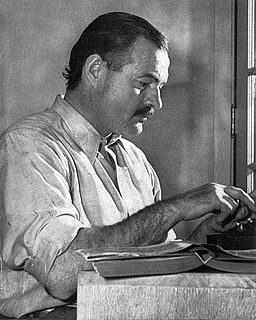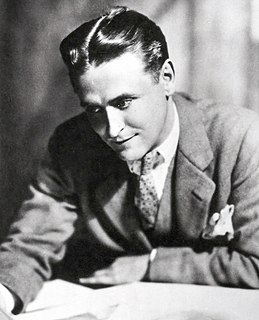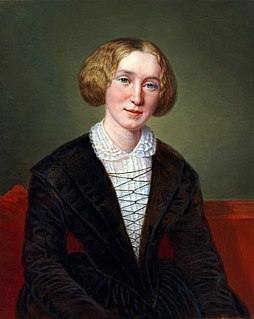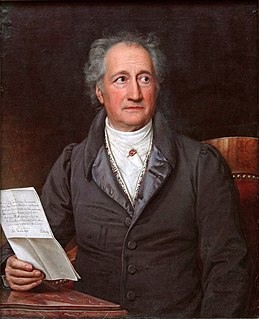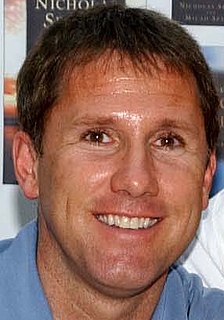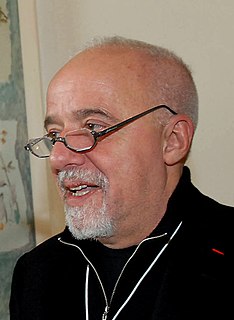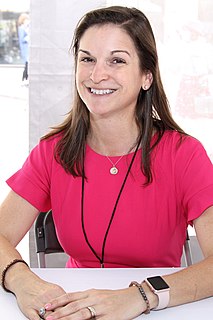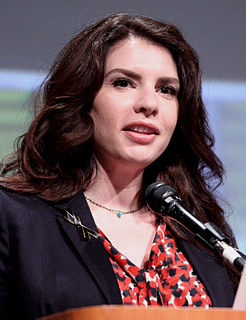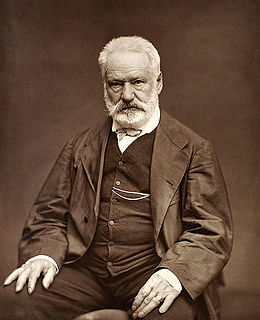A Quote by Chuck Palahniuk
Carl Jung called this his shadow work. He said we never see others. Instead we see only aspects of ourselves that fall over them. Shadows. Projections. Our associations.
Related Quotes
Maybe the only thing each of us can see is our own shadow. Carl Jung called this his shadow work. He said we never see others. Instead we see only aspects of ourselves that fall over them. Shadows. Projections. Our associations. The same way old painters would sit in a tiny dark room and trace the image of what stood outside a tiny window, in the bright sunlight. The camera obscura. Not the exact image, but everything reversed or upside down.
Jung first gave us the term ‘shadow’ to refer to those parts of our personality that have been rejected out of fear, ignorance, shame, or lack of love. His basic notion of the shadow was simple: ‘the shadow is the person you would rather not be.’ He believed that integrating the shadow would have a profound impact, enabling us to rediscover a deeper source of our own spiritual life. ‘To do this,’ Jung said, ‘we are obliged to struggle with evil, confront the shadow, to integrate the devil. There is no other choice.’
Mythologies were the earliest dreams of mankind, and in the psychotic delusions of his patients, Jung believed he was encountering those dreams again. Freud, too, believed that the psyche retained archaic vestiges, remnants of our earlier mental world. But for Freud these were a burden we were forced to repress. Jung instead would see them as a reservoir of vital energy, a source of meaning and power from which, through the over-development of our rational minds, modern mankind has become divorced.
I can see others in the sunlight; I can see our boats' crews and our athletic young men on the glistening water, or speckled with the moving lights of sunlit leaves; but I myself am always in the shadow looking on. Not unsympathetically, - God forbid! - but looking on alone, much as I looked at Sylvia from the shadows of the ruined house, or looked at the red gleam shining through the farmer's windows, and listened to the fall of dancing feet, when all the ruin was dark that night in the quadrangle.
I like to help others and count it as my greatest pleasure in life to see a person free himself of the shadows which darken his days. These shadows look so thick to him and weigh him down so that when he finds they are shadows and that he can see through them, walk through them and be again in the sun, he is enormously delighted. And I am afraid I am just as delighted as he is.
Jung said there are four archetypes adults go through, and these archetypes are reflected in the development of my work. The first archetype is the archetype of the athlete, reflecting the time in our adult life when our primary emphasis is on our body - what it looks like, how beautiful it is, how strong it is, and so on. We identify ourselves with our body. We are our body. Growing adults next move to what Jung called the archetype of the warrior. We take our physical bodies out there to do what warriors do.
In trying to express only those aspects of ourselves that we believe will guarantee us the acceptance of others, we suppress some of our most valuable and interesting features and sentence ourselves to a life of reenacting the same outworn scripts. Reclaiming the parts of ourselves that we have relegated to the shadow is the most reliable path to actualizing all of our human potential. Once befriended, our shadow becomes a divine map that—when properly read and followed—reconnects us to the life we were meant to live and the people we were meant to be.
Instead of putting others down, try improving yourself instead. The only person you have a right to compete with is you. In the meantime, treat others how you'd like to be treated. One trait that some of the best (communicators) share is empathy. A couple of kind words can not only make a person's day, but earn you a friend and supporter for life. For the rest of the week, whenever you see someone you want to judge negatively, pay them a compliment instead. See what happens.
With a truly tragic delusion,” Carl Jung noted, “these theologians fail to see that it is not a matter of proving the existence of the light, but of blind people who do not know that their eyes could see. It is high time we realized that it is pointless to praise the light and preach it if nobody can see it. It is much more needful to teach people the art of seeing.
